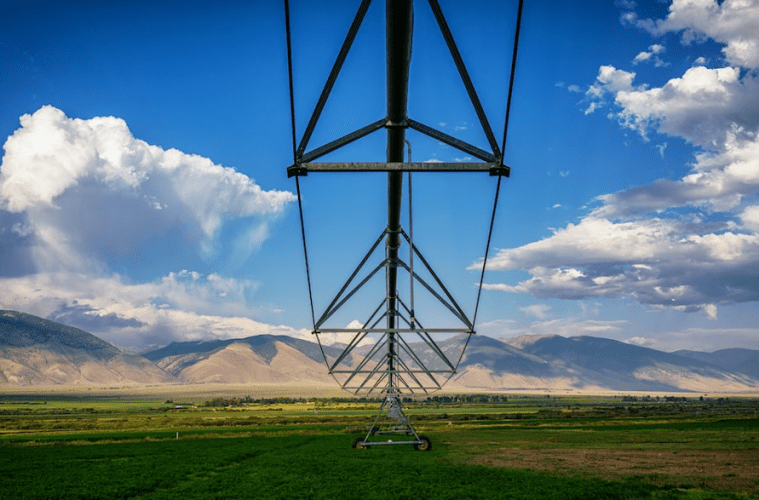Just like fertilizers, irrigation aims to improve crop yields, mitigate drought, or satisfy water-intensive crops like corn or cotton. With the agricultural sector consuming 70% of available water resources, the importance of having efficient and sustainable irrigation techniques is clear. Farmers must strike a balance: irrigate effectively without wasting, a dual agronomic and technological challenge. Gravity irrigation, sprinkler irrigation, drip irrigation… each technique has its applications, advantages, and disadvantages, which we will discuss here.
According to the FAO, one-fifth of irrigated crops produces two-fifths of the yields, making irrigation an essential driver of productivity and food security.
Irrigation is also a significant source of waste. Regardless of the irrigation technique, studies show that less than half of the water volumes used in agriculture achieve their intended goals. The reasons for this waste are manifold:
• Poorly maintained distribution networks.
• Inefficient distribution organization.
• Lack of knowledge about soils and crops.
• Biodiversity degradation and its ability to harness water supply.
• Climate change.
Ancient History of Irrigation
Scientists have discovered evidence of irrigation dating back to 5000 BC in the semi-arid region between the Euphrates and the Tigris, where the first river irrigated the land while the second received the runoff.
In Egypt, farmers adapted their crops to the Nile floods. Starting from 3000 BC, the Egyptians diverted a portion of the river to feed a reservoir (Lake Moeris) and organize downstream distribution using canals, regulators, and dams.
UNESCO has also listed an irrigation system dating from the 3rd century BC, discovered in Sichuan Province, China. This system, still in operation, allows for the irrigation of Chengdu’s plains.
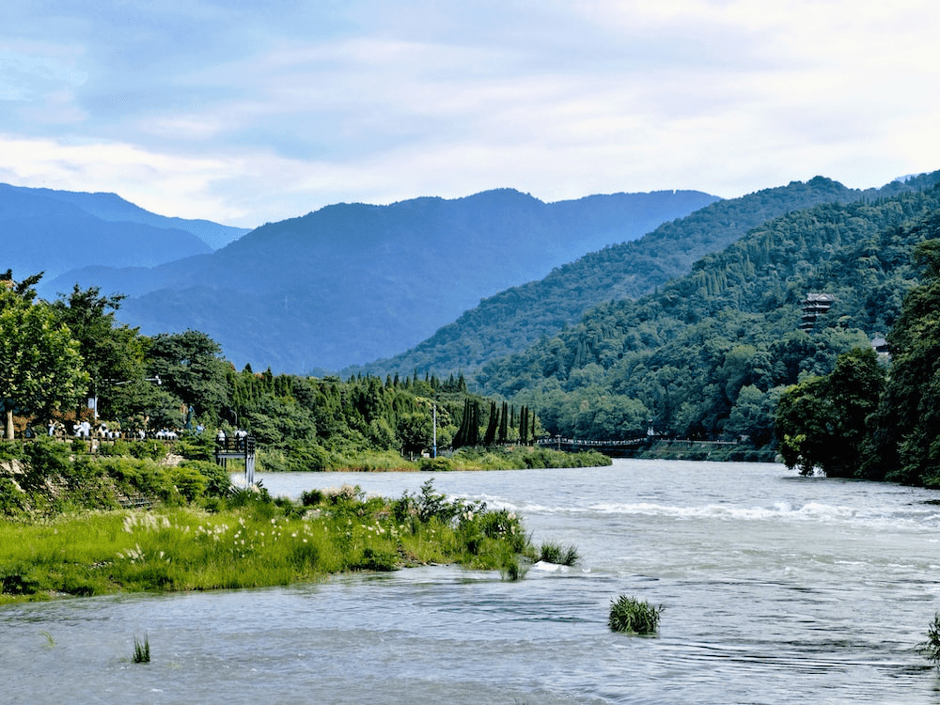
The United Nations also protects the “aflaj” irrigation system in the Sultanate of Oman, traces of which date back at least 500 years after AD. This irrigation system uses gravity to supply the surface (crops and populations) from groundwater.
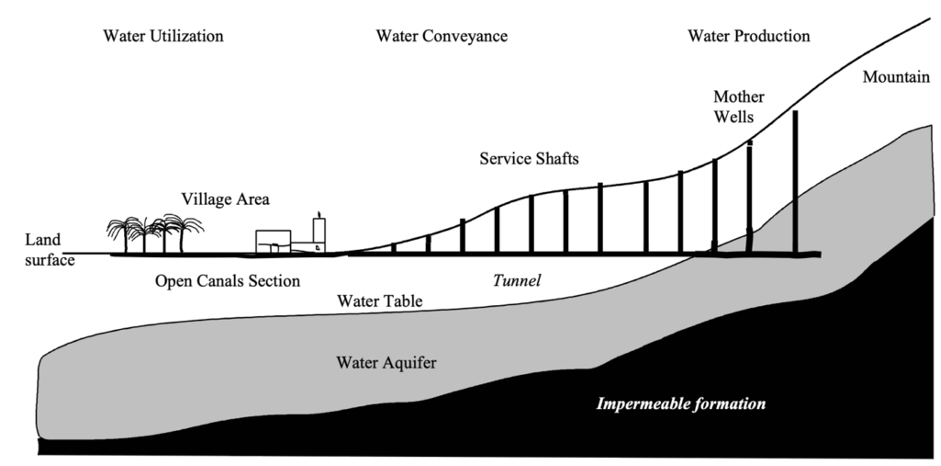
Source : Observatoire du Patrimoine d’Oman
Subsequently, humans went beyond just diverting or channeling water; they innovated in capturing and transporting techniques:
• The noria is a chain equipped with buckets used to capture water and bring it to the surface.
• The water wheel, manually operated or powered by animals.
• String pumps, spiral pumps…
All these irrigation techniques are still used worldwide, depending on means and geographical constraints. But the agricultural world faces the same challenge: water resources are dwindling, and farmers are forced to optimize their irrigation facilities to sustain their activities.
Gravity Irrigation
On the island of Madeira, you can still find irrigation channels extending for about 2000 km. Initially built with wood by settlers in the 15th century, they have been renovated in concrete and still transport water across the island.
Generally, the installation consists of a main canal divided into several channels, which are further extended by sub-channels, creating a gravity distribution network. This system is attractive due to its simplicity but consumes a lot of water and experiences losses due to evaporation.
The final watering is done in two ways:
- Surface runoff on a slope ranging from 1 to 3%.
- Flowing through ditches (5 to 10 liters per second).
For the latter option, irrigation is faster and more intense for plants near the ditches, while the rest of the plot will receive water later through infiltration.
Sprinkler Irrigation
In this case, the final distribution network is equipped with a watering system, either aerial or underground, capable of irrigating large cultivated areas.
This technique, widely used, has several disadvantages:
• Irrigation is uniform and does not consider localized needs.
• Watering the entire plant, especially its leaves, promotes disease development, even though only the roots consume water.
It can be considered that a portion of the distribution is lost as it is not utilized by the plant.
Drip Irrigation
Highly favored for water conservation, drip irrigation systems require a dense network to distribute water directly to the base of each plant and are only suitable for small cultivated areas.
To be effective, this system requires filtered water, free from impurities that could clog the system. For proper operation, the operator must provide expert maintenance, which is 30% more costly than other systems. Moreover, the installation is estimated to need replacement approximately every five years.
However, this irrigation technique has the advantage of ensuring direct distribution to the roots with a low loss rate.
Misting Irrigation
This technique, also used in misting irrigation, is mainly applied in greenhouses.
Water is distributed within a confined space in the form of fog, providing a humid environment for crops. It is possible to incorporate enriched solutions into the mist.
The humid ecosystem provides a favorable environment for plants. However, similar to drip irrigation, it is only suitable for small areas and requires special maintenance (nozzles, dispersion…).
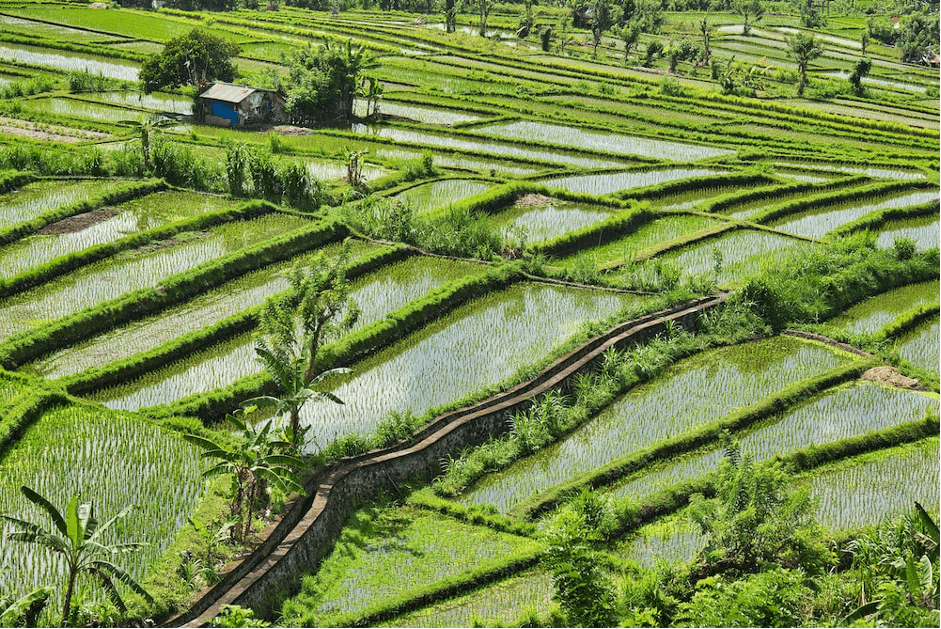
Submersion Irrigation
Primarily reserved for rice fields, this technique requires little expertise and involves flooding the cultivated surface.
However, it has a drawback: high water consumption.
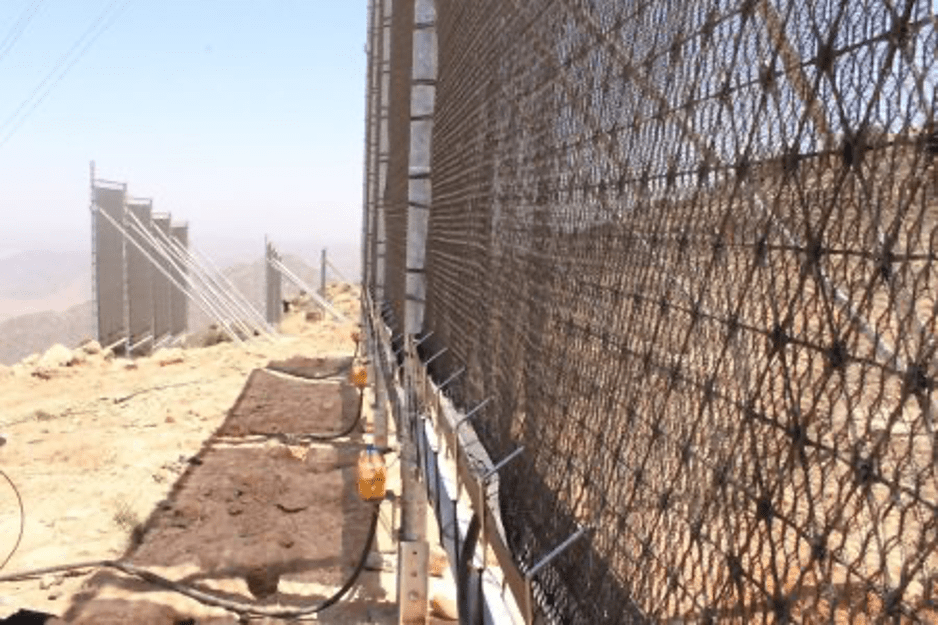
Source : DarSiHmad.org
Drinking Fog: Harnessing Fog as a Resource
In Morocco, the Drinking Fog project involves installing nets and collectors in mountainous areas to harness fog banks and distribute the collected potable water to ensure local food production.
This project is the result of a collaboration between the Dar Si Hmad Foundation and the Wasserstiftung NGO, aiming to provide access to potable water for tribes in southwest Morocco.
The 31 collectors were installed at an altitude of 1500 meters, supplying approximately 1600 people. Fog is driven into the nets by the winds, with water particles captured until they generate runoff. The project organizers indicate that one square meter of these nets can produce up to 22 liters of water during heavy fog. The obtained water is distributed at the same rate as in other regions.
Such an initiative secures access to water for these populations and helps sustain the local economy: freed from the burden of water collection, women cultivate produce for their households, while men manage the maintenance of the capture equipment.
In the Canary Islands, Jonay González Pérez and Sara Rodríguez Dorta, farmers, also rely on this resource to irrigate their 1.4 hectares of land where lemon trees, plum trees, and artichokes grow. About 400 meters of panels capture water particles, collecting up to 1.8 cubic meters on good days. The collected water is stored in a 360 cubic meter flexible tank. Following this initiative, the local government, supported by the European Commission, has funded other projects under the Life Nieblas program.
This technique is ancient and still not widely used, but recurring droughts are bringing it back into the spotlight. It is once again attracting the interest of governments and institutions that support farmers.
The choice of irrigation technique often reflects the economic situation of the farmer. Micro-irrigation is the best alternative in terms of performance and water savings. However, given the limited resources available to most farmers, conventional techniques are still widely used because they require no investment and do not demand advanced technical skills.
Sources: SyndicatIrrigationDromois.fr, AgriMaroc.ma, Bladi.net, EcoSources.org, CourrierInternational.com



